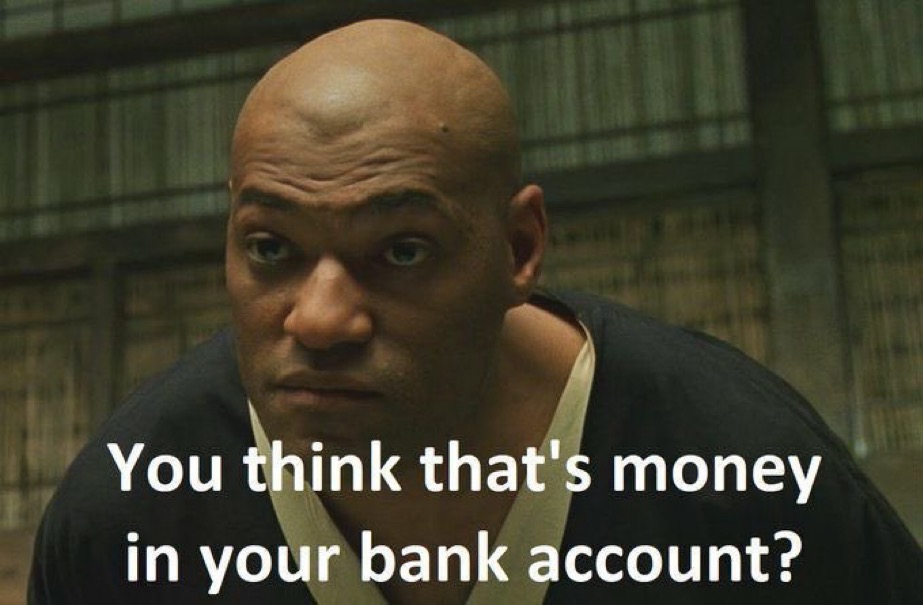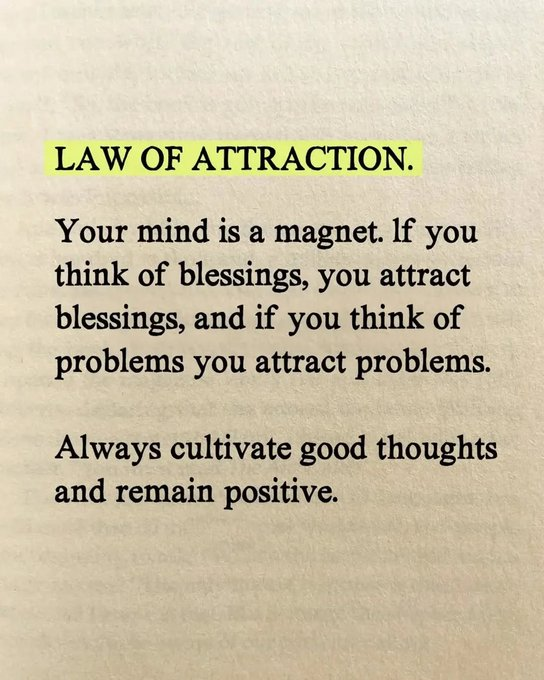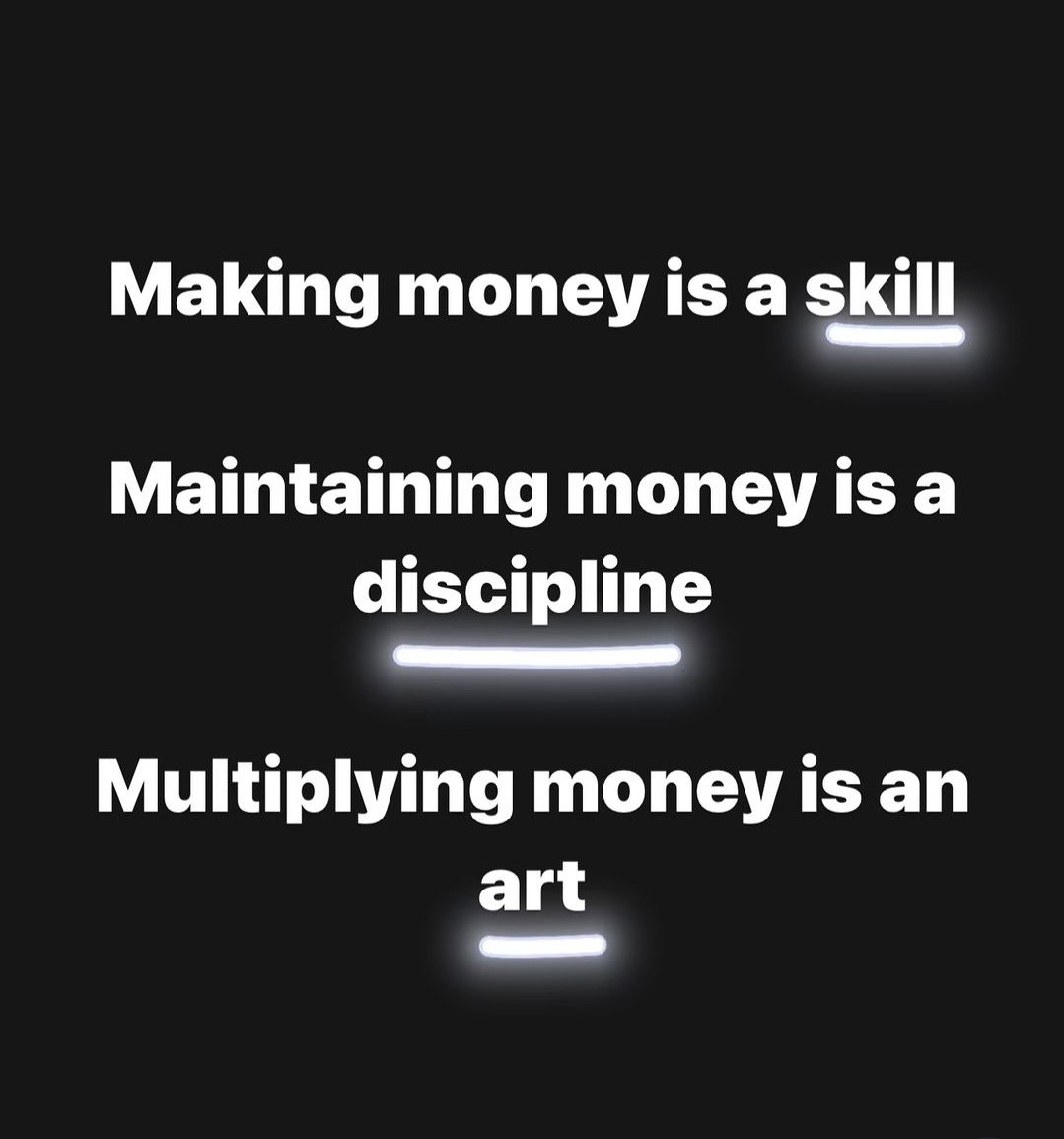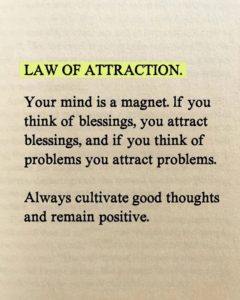The Illusion of Fiat Currency: Is There Really Money in Your Bank Account?
“You think that’s money in your bank account?” This provocative question challenges our understanding of what money truly is in today’s world. In an era dominated by fiat currency, it’s worth taking a step back to examine the nature of the dollars, euros, or yen we rely on daily. Let’s dive into the concept of fiat currency, its implications, and what it means for the numbers you see in your bank account.
What Is Fiat Currency?
Fiat currency is money that has value because a government declares it as legal tender, not because it’s backed by a physical commodity like gold or silver. Unlike the gold standard era, where paper money represented a claim to a tangible asset, fiat money’s value hinges on trust—trust in the government, the economy, and the financial system. The dollars in your bank account? They’re fiat, existing as digital entries in a system, not as physical coins or bars of gold.
The Illusion of Value
When you check your bank balance, you see a number—let’s say $5,000. That number feels real, but what does it actually represent? In a fiat system, it’s not a claim to anything physical; it’s a promise, a shared belief that this number can be exchanged for goods, services, or other currencies. But what happens if that trust erodes? If inflation skyrockets, if a government overprints money, or if a financial crisis shakes confidence, the purchasing power of that $5,000 can vanish quickly. In a way, the money in your account is only as real as the collective belief in its value.
The Fragility of Fiat Systems
Fiat currency systems are inherently fragile because they rely on stability and trust. History is full of examples where fiat money lost its value—think of hyperinflation in Zimbabwe in the 2000s, where the Zimbabwean dollar became worthless, or the Weimar Republic in the 1920s, where people used wheelbarrows of cash to buy bread. Even in stable economies, fiat money is subject to erosion through inflation. The U.S. dollar, for instance, has lost over 90% of its purchasing power since 1950 due to gradual inflation. That $5,000 in your account today might only buy what $500 did a few decades ago.
Digital Money, Digital Risks
Most of the “money” in your bank account isn’t even physical—it’s a digital record. In the age of online banking, your balance exists as data in a server, vulnerable to cyberattacks, bank failures, or government interventions. During the 2013 Cyprus banking crisis, depositors saw their accounts frozen and even seized to bail out the banks. In a fiat system, your money isn’t truly yours in the way a physical asset is; it’s part of a larger, interconnected system where access can be restricted or value can be manipulated.
Alternatives to Fiat: A Return to Tangible Value?
The fragility of fiat currency has led some to explore alternatives like gold, silver, or cryptocurrencies such as Bitcoin. These assets aim to provide value independent of government control—gold has intrinsic worth and a history of stability, while Bitcoin operates on a decentralized blockchain, free from central bank influence. However, each comes with its own risks: gold can be cumbersome to store and trade, and cryptocurrencies are volatile and not yet widely accepted. Still, they highlight a growing skepticism about fiat money’s long-term reliability.
What Can You Do?
So, is there really money in your bank account? In a practical sense, yes—it functions as money as long as the system holds. But understanding its fiat nature can help you take steps to protect your wealth:
- Diversify your assets. Don’t keep all your wealth in fiat currency. Consider investing in tangible assets like real estate, precious metals, or even stocks that can hedge against inflation.
- Stay informed. Keep an eye on economic indicators like inflation rates, interest rates, and government policies that can affect the value of your money.
- Embrace financial literacy. Understand how money works in a fiat system, from central bank policies to the impact of national debt on currency value.
- Explore alternatives. While not for everyone, looking into cryptocurrencies or other non-fiat stores of value can provide a safety net if trust in fiat erodes.
Final Thoughts
The question “You think that’s money in your bank account?” isn’t just a meme—it’s a wake-up call. Fiat currency is a system built on trust, and while it works for now, its vulnerabilities are real. The numbers in your account are only as valuable as the stability of the system behind them. By understanding the nature of fiat money and taking proactive steps, you can better navigate the uncertainties of our financial world. So, the next time you check your balance, ask yourself: Is this money, or is it just a promise?










